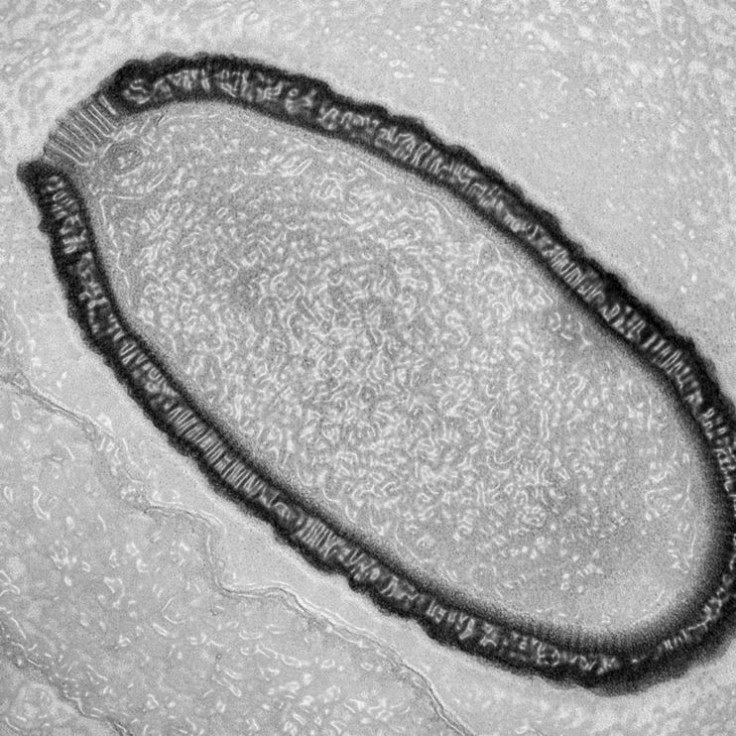Giant 30,000-Year-Old Pithovirus Sibericum Virus Revived From Siberian Ice

Deadly deseases thought to have been eradicated long ago may just be lying dormant, scientists said after they revived a giant virus buried in Siberian ice for 30,000 years and found it to be still infectious.
The Pithovirus Sibericum, the largest ever found, measures 1.5 micrometres and was discovered in a 98-foot deep sample of frozen soil in Chukotka, near the East Siberia Sea in Russia's Far East.
Jean-Michel Claverie and Chantal Abergel, married biologists from the Aix-Marseille University in France told the LA Times: "We know that those non-dangerous viruses are alive there, which probably is telling us that the dangerous kind that may infect humans and animals -- that we think were eradicated from the surface of Earth - are actually still present and eventually viable, in the ground."
This guy is 150 times less compacted than any bacteriophage [viruses that infect bacteria]. We don't understand anything anymore!
Researchers suggested that although this particular virus does not pose a direct risk to human health as it only targets amoebae, the rise in global temperature and subsequent melting of the Earth's ice could herald the return of other lost viruses.
Speaking to LiveScience, Claverie said: "There is now a non-zero probability that the pathogenic microbes that bothered [ancient human populations] could be revived, and most likely infect us as well."
According to the BBC, ancient strains of the smallpox virus could be reactivated, although the disease was declared eradicated three decades ago.
Claverie said: "If it is true that these viruses survive in the same way those amoeba viruses survive, then smallpox is not eradicated from the planet - only the surface. By going deeper we may reactivate the possibility that smallpox could again become a disease of humans in modern times."
Researchers discovered the newly-discovered mega-virus used its own genes, proteins and enzymes to replicate. To spread infection, it enters an amoeba and migrates to the wall of a camber called a vacuole, where it releases a structure called a cork.
Abergel told New Scientist: "Its function is to seal and protect the amphora-shaped particle, but as soon as it enters a vacuole, the cork is removed to initiate the infection. It allows the internal membrane of the virus to fuse with that of the vacuole."
She added: "It literally sucks the life out of the cell within 12 to 14 hours."
Despite its large size, its genome is much smaller than those of other Pandoraviruses.
Claverie said the discovery had changed the way they understand large viruses. He said: "That huge particle is basically empty. We thought it was a property of viruses that they pack DNA extremely tightly into the smallest particle possible, but this guy is 150 times less compacted than any bacteriophage [viruses that infect bacteria]. We don't understand anything anymore!"
Around two years ago, Claverie and Abergel's team learned that Russian scientists had resurrected an ancient plant from fruits buried in 30,000-year-old Siberian permafrost. Using the ice sample provided by the Russian study, they used amoebae as bait to attract the viruses. As the amoebae started dying, they discovered virus-particles inside them.
Claverie told National Geographic: "Among known viruses, the giant viruses tend to be very tough, almost impossible to break open. Special environments such as deep ocean sediments and permafrost are very good preservers of microbes because they are cold, anoxic [lacking oxygen], and in the dark."
The results are published in Proceedings of the National Academy of Sciences.
© Copyright IBTimes 2025. All rights reserved.






















